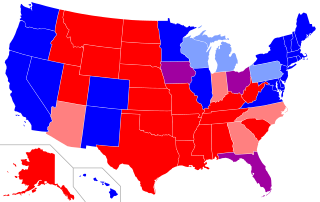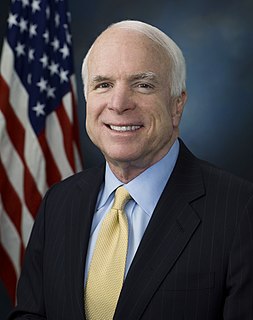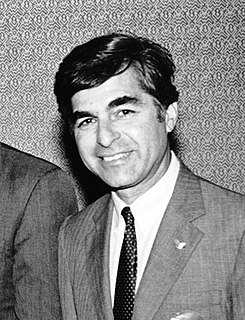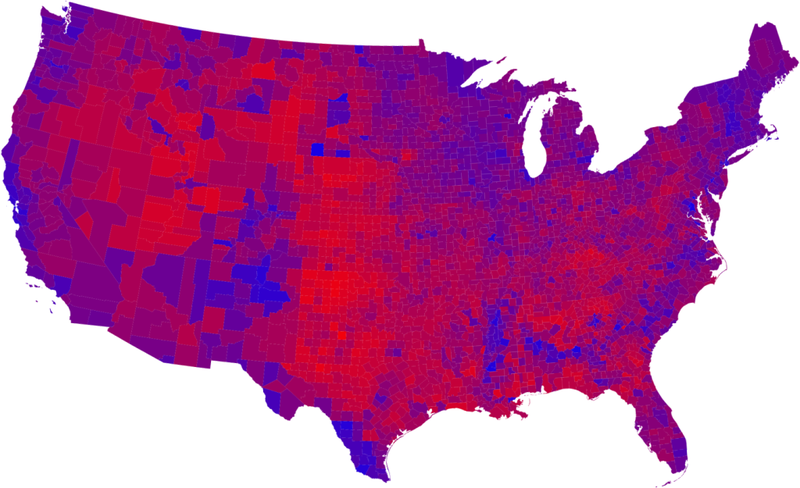
In American politics, the term swing state refers to any state that could reasonably be won by either the Democratic or Republican presidential candidate by a swing in votes. These states are usually targeted by both major-party campaigns, especially in competitive elections. Meanwhile, the states that regularly lean to a single party are known as safe states, as it is generally assumed that one candidate has a base of support from which they can draw a sufficient share of the electorate.

Since the 2000 United States presidential election, red states and blue states have referred to states of the United States whose voters predominantly choose either the Republican Party (red) or Democratic Party (blue) presidential candidates. Since then, the use of the term has been expanded to differentiate between states being perceived as liberal and those perceived as conservative. Examining patterns within states reveals that the reversal of the two parties' geographic bases has happened at the state level, but it is more complicated locally, with urban/rural divides associated with many of the largest changes.

Pennsylvania has swung from being a Republican-leaning state during much of the 20th century to being a notable battleground state in presidential elections. Pennsylvania backed the Democratic presidential candidate in every election since 1992 up until 2016, when it was won by Republican candidate Donald Trump. Pennsylvania currently has a split government, with the governor's office being held by a Democrat Tom Wolf and both houses of the state legislature being controlled by the Republican Party. In the United States Senate, Pennsylvania is represented by Democrat Bob Casey Jr. and Republican Pat Toomey. In the United States House of Representatives, Pennsylvania is represented by nine Democrats and nine Republicans.

The 2004 United States presidential election in Louisiana took place on November 2, 2004, and was part of the 2004 United States presidential election. Voters chose 9 representatives, or electors to the Electoral College, who voted for president and vice president.

The 2004 United States presidential election in Mississippi took place on November 2, 2004, and was part of the 2004 United States presidential election. Voters chose 6 representatives, or electors to the Electoral College, who voted for president and vice president. It was the first presidential election since the 2000 United States census led to Mississippi losing an electoral vote, bringing its number of electoral votes from seven to six. This was the fewest electoral votes Mississippi had had in a presidential election since 1848.

The 2008 United States presidential election in Massachusetts took place, as in all 50 states and D.C., as part of the 2008 United States presidential election of November 4, 2008. Voters chose 12 representatives, or electors to the Electoral College, who, in turn, voted for the office of president and vice president.

The 2008 United States presidential election in Wisconsin took place on November 4, 2008, and was part of the 2008 United States presidential election. Voters chose 10 representatives, or electors to the Electoral College, who voted for president and vice president.

The 2008 United States presidential election in Oregon took place on November 4, 2008, and was part of the 2008 United States presidential election. Voters chose 7 representatives, or electors to the Electoral College, who voted for president and vice president.

The 2008 United States presidential election in Nevada was part of the 2008 United States presidential election, which took place on November 4, 2008, throughout all 50 states and D.C.. Voters chose five representatives, or electors to the Electoral College, who voted for president and vice president.

The 2008 United States presidential election in Virginia took place on November 4, 2008, which was part of the 2008 United States presidential election. Voters chose 13 representatives, or electors to the Electoral College, who voted for president and vice president.

The 2008 United States presidential election in Texas took place on November 4, 2008, and was part of the 2008 United States presidential election. Voters chose 34 representatives, or electors to the Electoral College, who voted for president and vice president.

The 2008 United States presidential election in Minnesota took place on November 4, 2008, and was part of the 2008 United States presidential election. Voters chose 10 representatives, or electors to the Electoral College, who voted for president and vice president.

The 2008 United States presidential election in Georgia took place on November 4, 2008. Voters chose 15 representatives, or electors to the Electoral College, who voted for president and vice president.

The 2008 United States presidential election in South Dakota took place on November 4, 2008, and was part of the 2008 United States presidential election. Voters chose 3 representatives, or electors to the Electoral College, who voted for president and vice president.

The 2008 United States presidential election in Maryland took place on November 4, 2008, and was part of the 2008 United States presidential election. Voters chose 10 representatives, or electors to the Electoral College, who voted for president and vice president.

The 2008 United States presidential election in Michigan took place on November 4, 2008. It was part of the 2008 United States presidential election which happened throughout all 50 states and D.C.. Voters chose 17 representatives, or electors to the Electoral College, who voted for president and vice president.

The 2008 United States presidential election in Mississippi took place on November 4, 2008, and was part of the 2008 United States presidential election. Voters chose 6 representatives, or electors to the Electoral College, who voted for president and vice president.

The 2000 United States presidential election in Virginia took place on November 7, 2000, and was part of the 2000 United States presidential election. Voters chose 13 representatives, or electors to the Electoral College, who voted for president and vice president.

The 1996 United States presidential election in Maine took place on November 5, 1996, as part of the 1996 United States presidential election. Maine is one of two states in the U.S. that chooses two of its four representatives in the Electoral College based on the plurality vote in both its congressional districts instead of all four electors being chosen based on the statewide plurality vote.

The 1988 United States presidential election in Washington took place on November 8, 1988. All fifty states and the District of Columbia, were part of the 1988 United States presidential election. Washington voters chose ten electors to the Electoral College, which selected the president and vice president.










